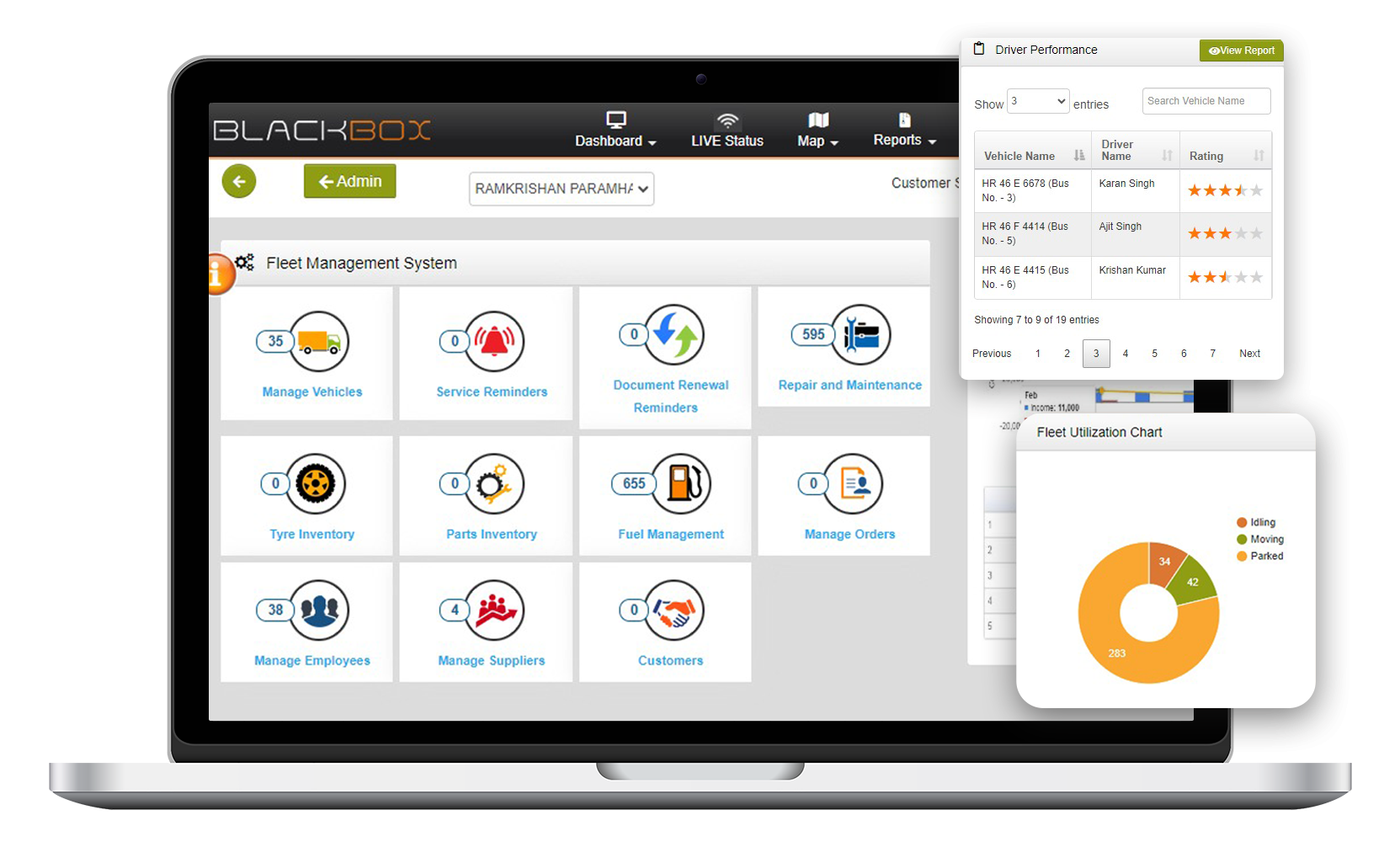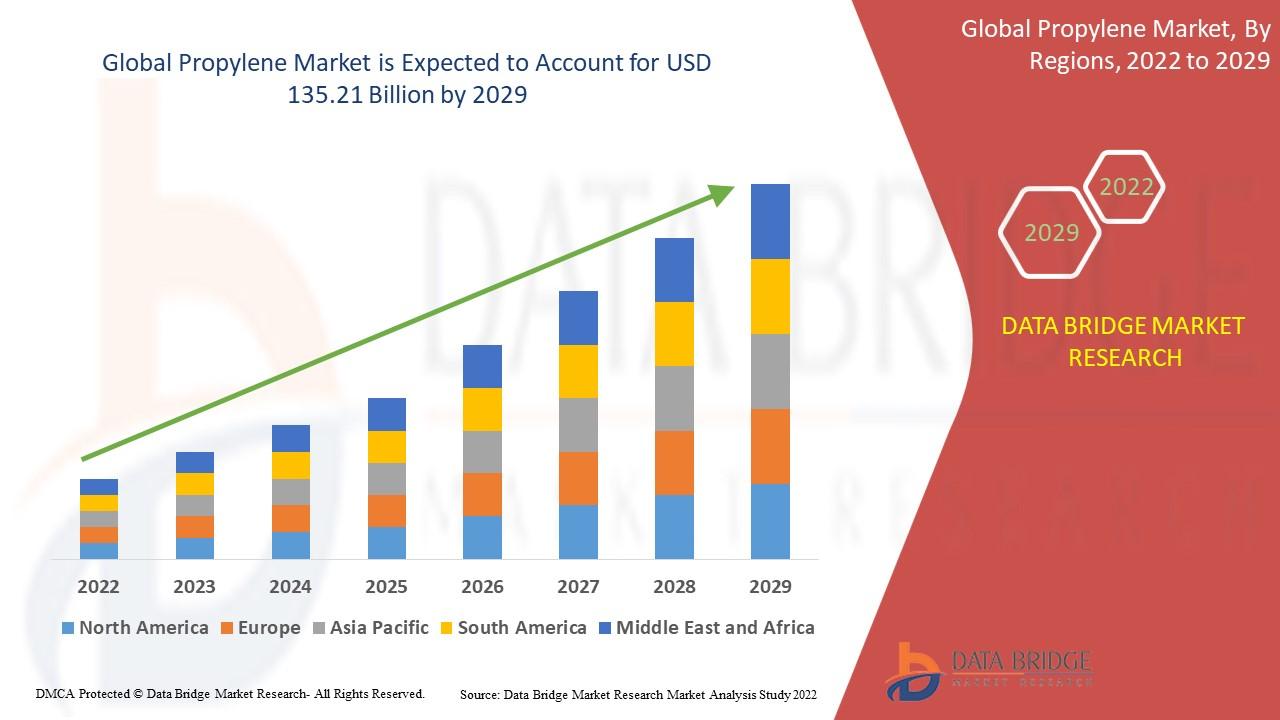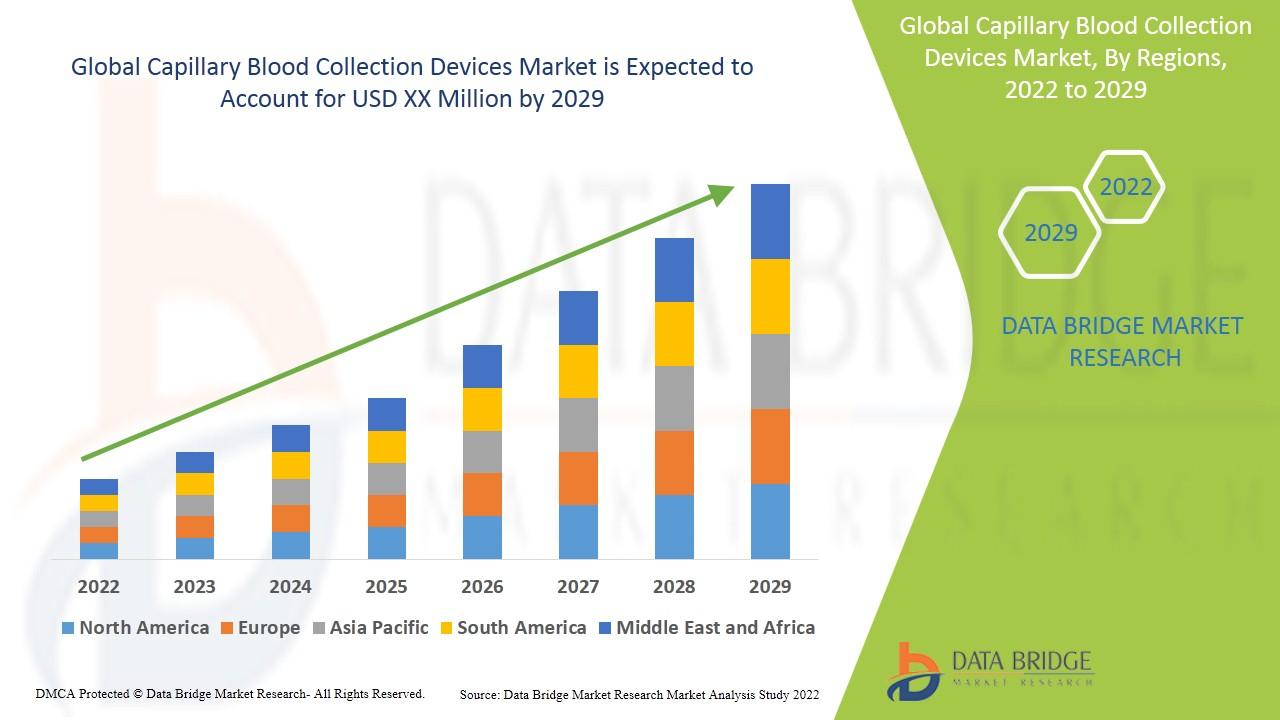How Digital Tools Are Transforming Fleet Operations

The core technology underpinning the entire Fleet Management Software Industry in the United States is telematics. This is the foundational layer of hardware and software that enables the real-time collection of data from a commercial vehicle. The standard telematics setup consists of a small, self-installable hardware device (often called a "black box" or a gateway) that plugs into the vehicle's onboard diagnostics (OBD-II) port or is wired directly into its CAN bus. This device typically contains a GPS receiver to track the vehicle's location, an accelerometer to detect events like harsh braking or acceleration, a cellular modem to transmit the data, and an interface to the vehicle's engine control unit (ECU) to pull a rich stream of diagnostic data, such as fuel consumption, engine hours, and fault codes. This raw data is then transmitted in real-time to the provider's cloud platform, where it is processed, analyzed, and presented to the fleet manager in a user-friendly web or mobile interface. This transformation of the physical vehicle into a connected, data-generating asset is the fundamental value proposition of the entire industry. For US businesses, this data is becoming as valuable as the diesel that fuels their trucks, as it provides the essential intelligence needed to optimize their entire mobile operation.
Key Players
The key players in the US telematics market are a mix of hardware-centric companies and platform-centric companies. The first group consists of the major pure-play telematics providers who have built their businesses on this technology. Geotab and Samsara are the two dominant key players in this space. They have both achieved massive scale by offering a highly reliable hardware device combined with a powerful, open, and feature-rich cloud software platform. They compete fiercely on the quality of their hardware, the breadth of their software features, and the size of their third-party marketplace ecosystem. Verizon Connect is another major key player, leveraging its ownership of the cellular network to offer a tightly integrated hardware and connectivity solution. A second group of key players are the commercial vehicle OEMs themselves. Major truck manufacturers like Daimler, Paccar, and Volvo are now factory-installing their own proprietary telematics hardware in all their new vehicles. This gives them a massive incumbency advantage and allows them to offer their own branded telematics and fleet management services directly to their customers, putting them in direct competition with the third-party providers. A third group consists of the specialist hardware manufacturers who focus on a specific component, such as video cameras or specialized sensors.
Future in "Fleet Management Software Industry"
The future of telematics in the United States will be a story of more data, richer data, and more intelligent use of that data. A major future trend will be the universal adoption of "video telematics." This involves complementing the standard telematics device with one or more AI-powered cameras, both road-facing and driver-facing. These cameras do not just record video; they use AI at the edge to analyze the video in real-time to detect risky driving behaviors like tailgating, distracted driving (e.g., cell phone use), or signs of driver drowsiness. When a risky event is detected, a short video clip can be automatically uploaded to the cloud for a manager to review and to use for driver coaching. This is a game-changing technology for improving fleet safety. Another major future trend will be a much deeper integration with a wider range of vehicle and equipment sensors, moving beyond just the engine to monitor things like the temperature of a refrigerated trailer or the operation of a piece of specialized equipment on a utility truck. The future is about creating a complete, 360-degree digital view of the vehicle and its environment, a level of data richness that is a key focus in the sophisticated North American market.
Key Points "Fleet Management Software Industry"
This analysis highlights several crucial points about the role of telematics in the US fleet management industry. Telematics is the foundational technology that transforms a physical vehicle into a connected, data-generating asset. The key players are a competitive mix of the major pure-play telematics providers like Geotab and Samsara and the major truck OEMs who are embedding this technology at the factory. The future of telematics is a move towards richer data streams, particularly through the widespread adoption of AI-powered video telematics for driver safety, and a deeper integration with a wider range of vehicle sensors. Ultimately, the data collected by these telematics systems is the raw material that fuels the entire fleet management software industry, making it the most critical component of the value chain. The Fleet Management Software Industry is projected to grow to USD 60.09 Billion by 2035, exhibiting a CAGR of 6.92% during the forecast period 2025-2035.
Top Trending Reports -
Distributed Fiber Optic Sensor In Oil Gas Market Size



